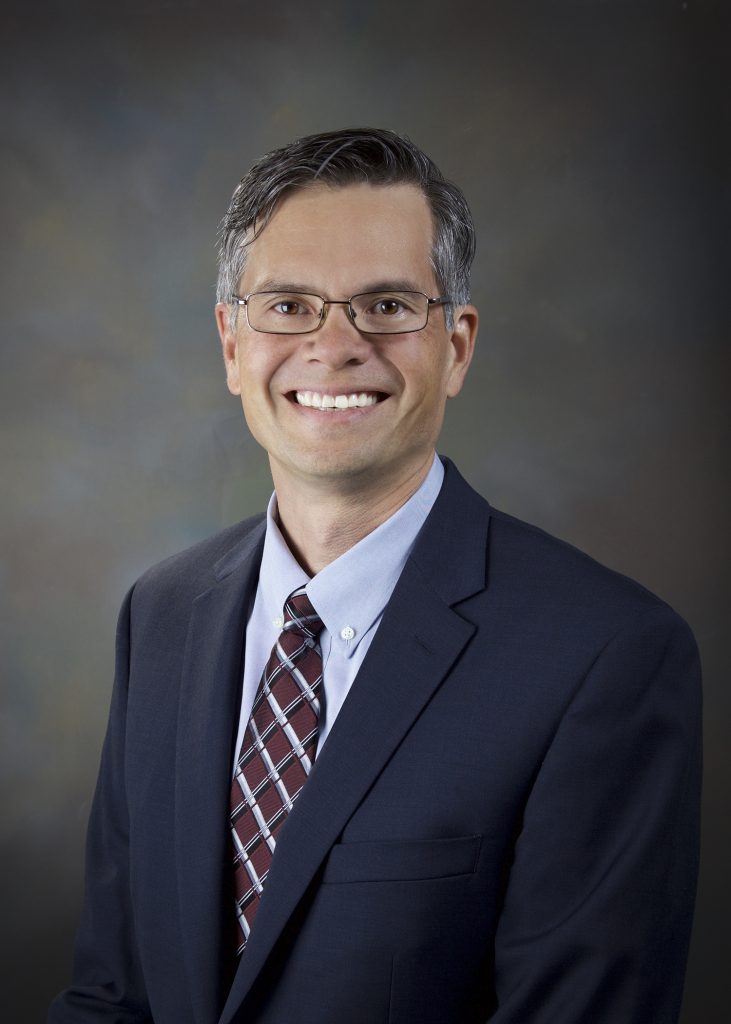
Sandia Fellow Ted Kim is chief engineer for Sandia’s Hypersonics Advanced Targets program. Working across Sandia technical centers, involving hundreds of engineers and the latest technologies, his steady guidance has directed the technical team from concept through development and on to product realization of hypersonic systems expected to be used as computing platforms in selected programs.
He led adaptation of Sandia’s previous ground-launch architecture into an air-launched vehicle — the first time a hypersonic vehicle of this class demonstrated that capability.
Ted advises high-ranking government and military officials on technical issues involving navigation, guidance and control on hypersonics and satellite systems, and helps set the direction of this technological research at the national level.
Though his achievements are many, he deflects all praise toward the engineers he works with daily.
“I have been fortunate to work with hundreds of talented people in the 28 years that I have been at Sandia,” he said. “Some common traits of these folks are that they care deeply about the Sandia mission and work hard to apply their many talents towards delivering timely solutions for customers.”
Challenges appear constantly, he said, some beyond the bounds of the directly technical. “One of the most critical challenges that I think we face today,” he said, “revolves around attracting and retaining critical people to work at Sandia, especially as the world changes.”
Two Sandians whom he particularly admired and learned from were Al Watts and Kurt Lanes, both long retired, who “used their phenomenal technical abilities to develop cross-discipline engineering solutions to really difficult problems as they led large teams of people,” Ted said.
His colleagues describe Ted as “open, honest, trustworthy, proactive, engaged, approachable, technically competent” and “an excellent partner who works seamlessly across organizational boundaries.”
He had an early affinity with mechanical things. From his earliest years, “I do remember always being interested in how things work. This evolved through the years to me taking apart — and sometimes fixing — things like toasters, then bicycles, then cars, et cetera. So it seemed natural for me to pursue engineering.”
And so he did. He was a President’s Endowed Scholar for his Bachelor of Science in aerospace engineering at Texas A&M University, achieved in 1989. In 1994 — the same year he came to work at Sandia — he received a doctorate in aerospace engineering from the University of Texas at Austin, where he was an Office of Naval Research Fellow and a graduate fellow.
As for his promotion to Sandia Fellow, Ted said, “I am very honored to have this opportunity to serve in this role, especially given the wide range of phenomenal talent at Sandia. I would hope that I can leverage my existing relationships with staff and management to help continue tighter integration of activities across the Labs, perhaps including easier exchanges of information.”
Given Ted’s accomplishments to date, it would be foolish to bet against his success.